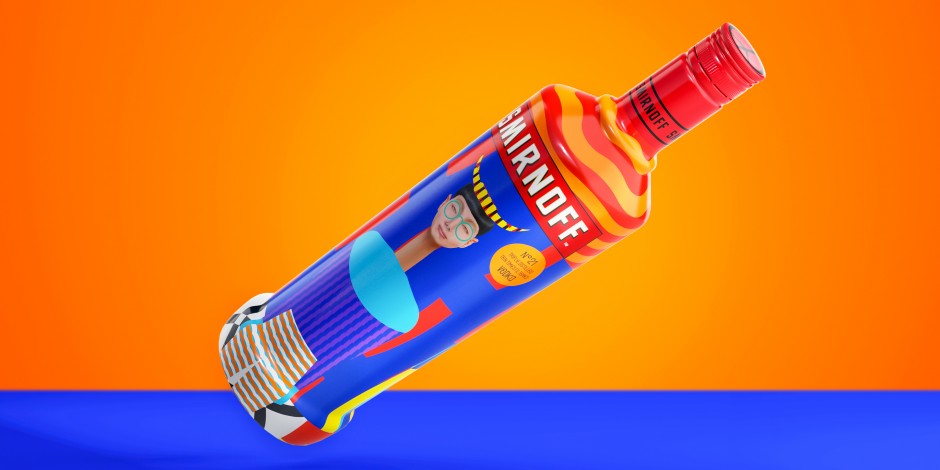New research studying the millennials market has identified five unique subgroups.
A new research study from Zeldis Research Associates reveals surprising findings for marketers which belie the frequent mythology that Millennials are “all the same.”
Unlike many other market studies attempting to better understand Millennials as a single group, Zeldis researchers identified five Millennial segments based on income, attitudes, and other important factors. This “Seen One Millennial and You Haven’t Seen Them All” study is part of Zeldis’ ongoing investigation into how marketers can better reach and successfully engage this group.
“Despite a lot of the media coverage we hear, Millennials are not one homogenous group, unfortunately and incorrectly characterised by a few negative stereotypes such as lazy or entitled,” said Zeldis Executive Vice President Amy Rey. “Our research shows that there are important differences among Millennials. We wanted to dispel some of the myths and help marketers better understand the nuances that will help make Millennial-targeted outreach, products and messaging more effective.”
Five Identifiable Segments
Based on online interviews with 1000 Millennials aged 21-36, the Zeldis researchers identified five unique segments: Faithful Optimists (31% of the sample), Struggling Parents (23%), Secular Activists (22%) Tech-Savvy Independents (14%), and Pessimistic Conservatives (10%). Some of their findings include:
– Faithful Optimists, the largest segment, tend to be joyful, hardworking, dependable, and religious. They are more likely to be non-white and heterosexual.
– Struggling Parents tend to be pessimistic about their lives and about the country. They don’t pay much attention to politics or technology. They are more likely to be white women with children and tend to be less educated and from rural areas.
– Secular Activists are more likely to be politically liberal, and to be pessimistic about the country’s future. They tend to be single, childless, and secular and are more likely to be part of the LGBT community.
-Tech-Savvy Independents are more politically conservative but also environmentally conscious. Optimistic about the economy, this segment has a higher proportion of males and non-whites, and tends to be from urban locations.
– Pessimistic Conservatives, the smallest segment, are likely to be from suburban areas. They tend to be religious and politically conservative. Skewing male and non-white, they have high incomes but are pessimistic about their economic future.
Though holding some attitudes and beliefs in common with other segments, each group showed nuanced differences that the Zeldis researchers believe are important for companies to understand and apply when marketing their products.
The full results are available at ZeldisMillennialsStudy.com.
Have you listed your company in our Media Directory? Click here to do it now.



















